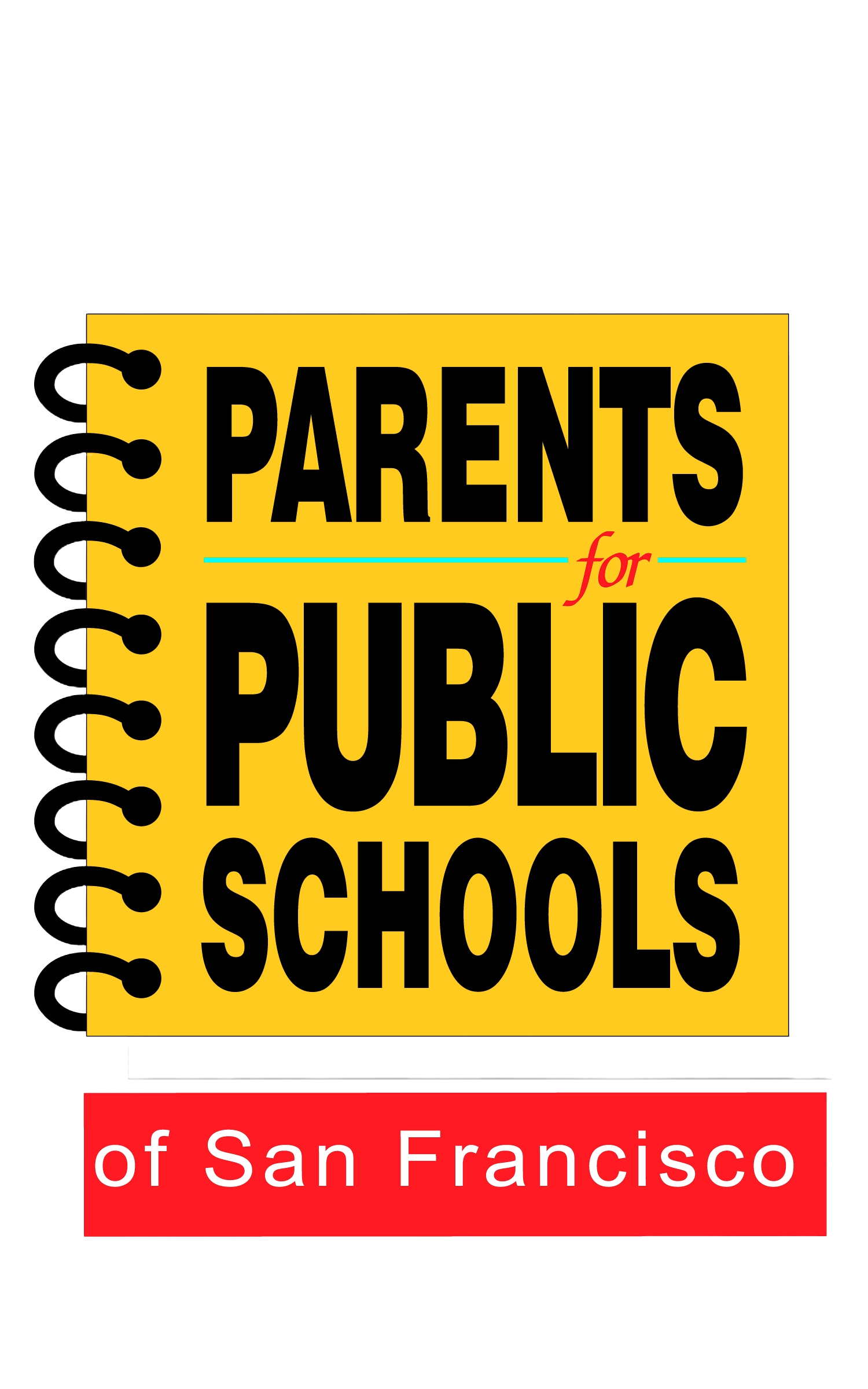Data Talk: SFUSD’s misguided search for a school closure algorithm
An animated city with vibrant colors and large screens
On Tuesday, Oct.8th, families of about 2000 SFUSD students found out their small schools would be closed or merged, based on where they ranked on an opaque composite score. From the beginning of this Resource Alignment (school closure) Initiative the composite score was the result of SFUSD’s conviction, that it could avoid the mistakes of the past – namely, having a disproportionate impact on low-income, more vulnerable student populations – by representing the communities’ values in a single mathematical formula that would assign a value to each school. In this quest, SFUSD collected disparate metrics related to geography, physical condition, student demographics and academic excellence of schools (among other factors) and set up an online survey, widely criticized for being too abstract and confusing *, so the community could collectively pick how important each metric would be in the formula.
Even before the surveys were completed, members of the District Advisory Committee and other observers noted that the specific collection of metrics chosen by the district, no matter which specific importance the survey gave to them, would result in closures overwhelmingly affecting low-income populations. Instead of taking a step back, the district plowed ahead after applying a quick patch to modify the equity subset of criteria and double their influence. The resulting proposal may look like it “spreads the pain” at a very coarse level, but shows poor planning at the local level, such as closing multiple neighboring schools or imposing long commutes to the welcoming school. Moreover, there still seems to be errors in the composite score calculation **. Will the district again try to apply a quick fix or re-evaluate its whole approach?
I think it is time to do the latter. The search for the magic formula has failed. There is no single combination of those numbers that can fairly reflect how our communities view tradeoffs between the values they represent, since those tradeoffs necessarily vary over grade levels, the geographical and socio-economical context of various neighborhoods, etc. When focusing exclusively on putting numbers in this formula, SFUSD seemingly discarded the more useful, genuine conversations that occurred between parents and district representatives during dozen of virtual and in-person town halls meetings. There is obviously a place for data and analysis in planning the future of our school system, but it cannot take shortcuts, it needs to carefully consider the needs (e.g., capacity, special programs, support services) and constraints (e.g., transportation) of families from the neighborhood to the city scale.
** https://pmarchand1.github.io/sfusd_data/calc_score_eff.html
Philippe Marchand

